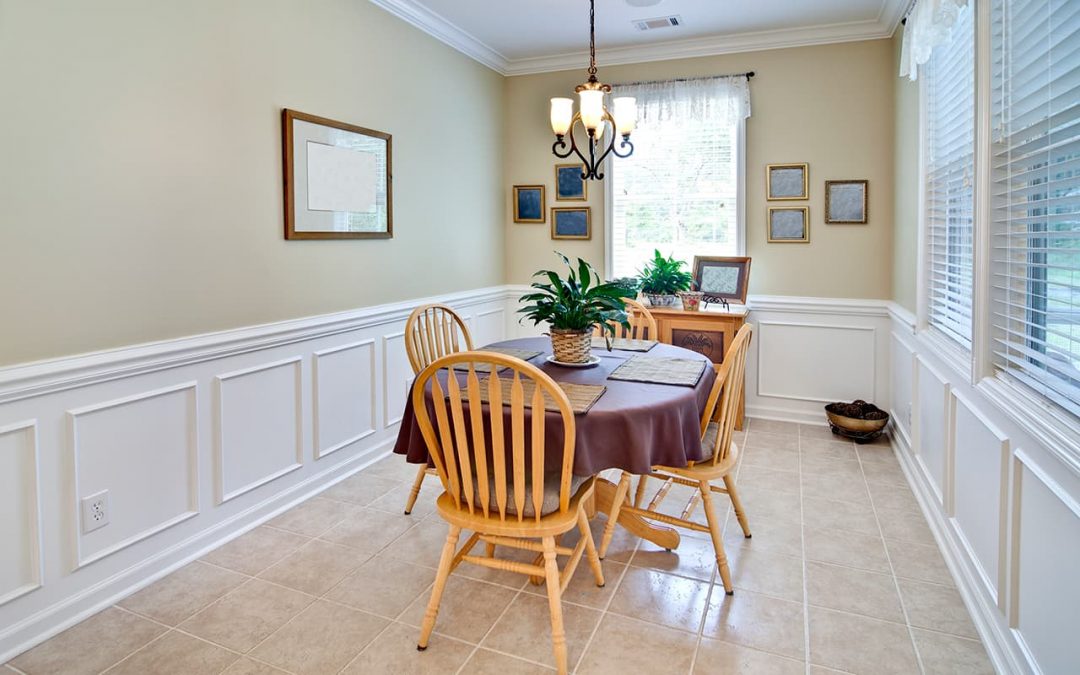It’s just a type of wall paneling, right? Most interior designers might agree with your assessment, but wainscoting served a more important purpose than design in earlier days.
And while wainscoting is seen mostly as an interior element today, it can be used to create a dramatic exterior architectural effect for metal and steel buildings. Here’s what you need to know about wainscoting – inside and out.
For Your Protection
We often take for granted how modern materials and design have made our homes both more comfortable, and able to take the daily wear and tear of their inhabitants. Wainscoting is a good example.
It was originally made of high-quality riven oak wood. This lumber was harvested from knot-free, slow-growth forests. So, while it was utilitarian in nature, the panels it created tended to be pleasing to the eye.
Wainscoting was mainly found in areas of the home that got a lot of traffic, such as the dining room, living room, and even the stairway. The application of wainscoting – which generally is only the height of a chair – helped to keep those chairs from bumping and chipping the plaster off of walls.
Wainscoting Today
Fast-forward to the present, where we have amazing space-age insulation and a variety of much sturdier choices for walls. There’s no need for wainscoting – except as a decorative element.
Because it’s no longer to insulate – although sometimes it’s still used as a way to protect the lower areas of walls – wainscoting materials have moved beyond quality knot-free oak. Both raised and flat panel wainscoting “kits” can be purchased at home improvement stores for DIY installation. Today, that expensive oak is likely to be MDF or even made of plastic. Once painted, it’s difficult to know the difference – and that’s fine because it’s all about the look.
Wainscoting might make an interior appearance in your Miracle Truss® building, but it’s far more likely that you’ll consider this option outside. We offer exterior wainscoting as a design option to help break up the large expanse of a single surface color. This is especially helpful if you are putting up a large building.
You can see our selection of exterior metal siding colors here. The variety allows you to mix and match for the roof, the siding, and even the trim.
Not all of our customers opt to go with metal wainscoting. They’ll complement the upper metal panels with wainscoting made of brick or stone, or even vinyl siding. Learn more about how our buildings are pre-engineered to make it easy to use traditional materials both inside and out.



